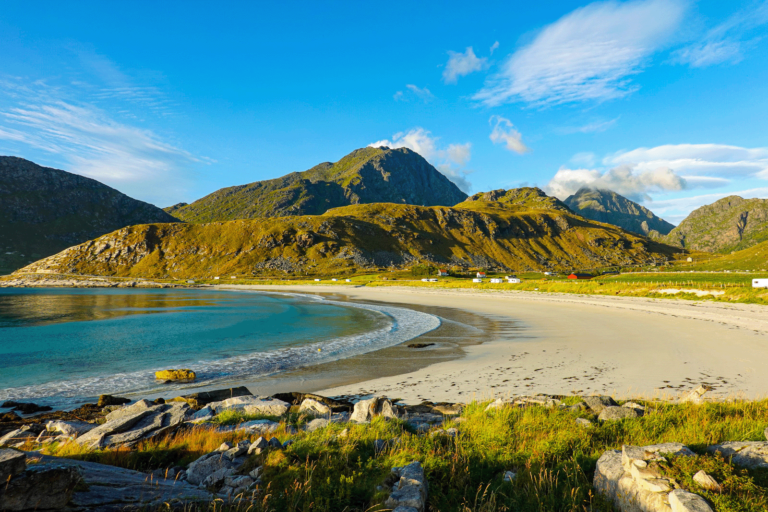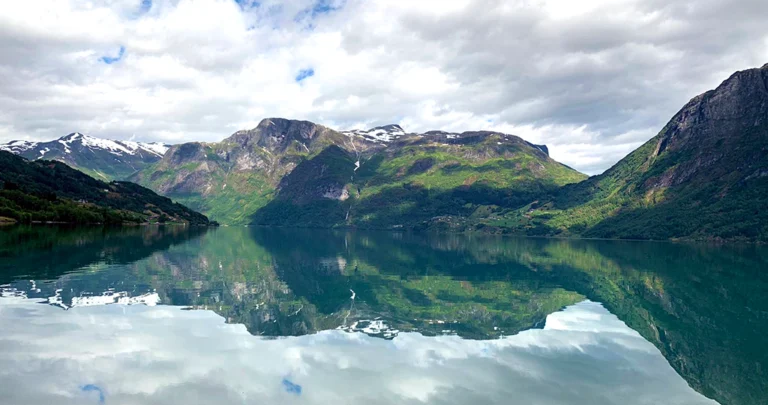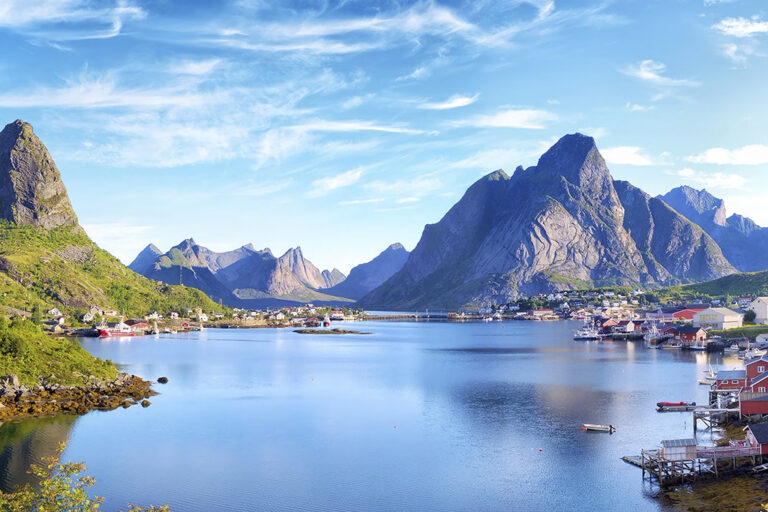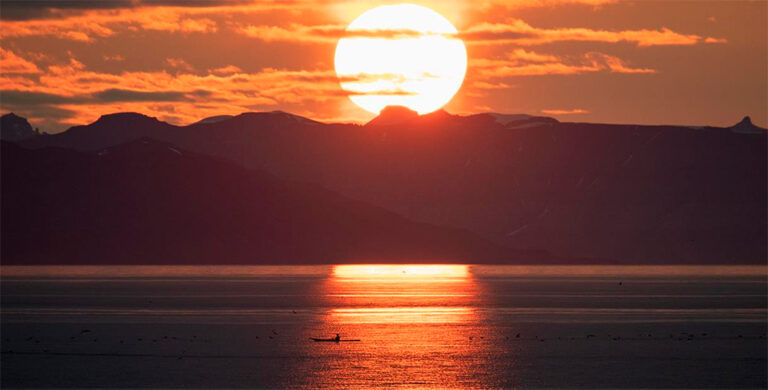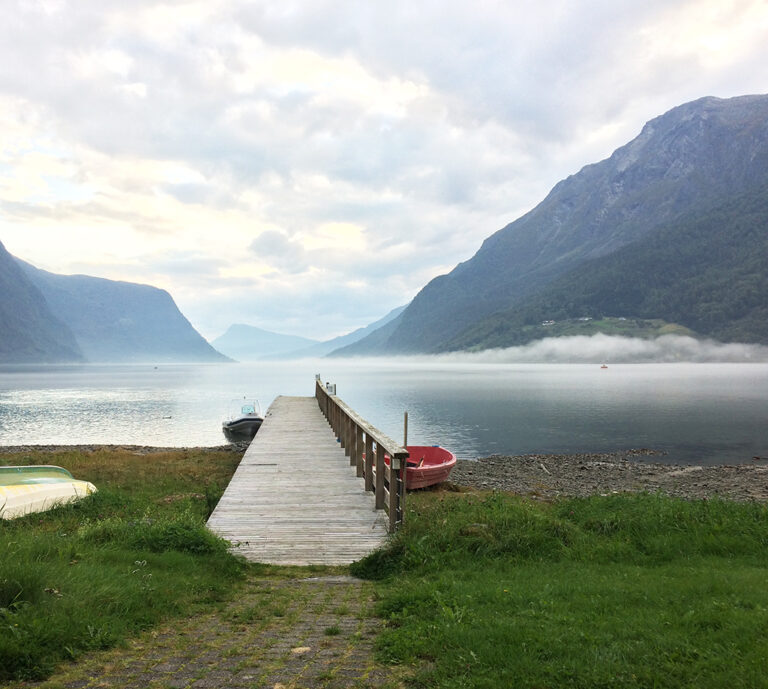Norwegian Winter Daylight – 7 Facts that will surprise you
Geographical Variations in Daylight
Norway, the land of fjords and folklore, is where the sun plays hide and seek during winter. The geographical variations in daylight across the country are fascinating. From the southern tip to the northernmost reaches, the daylight varies greatly, creating a unique experience for both residents and visitors.
Southern Norway: Brief Winter Days
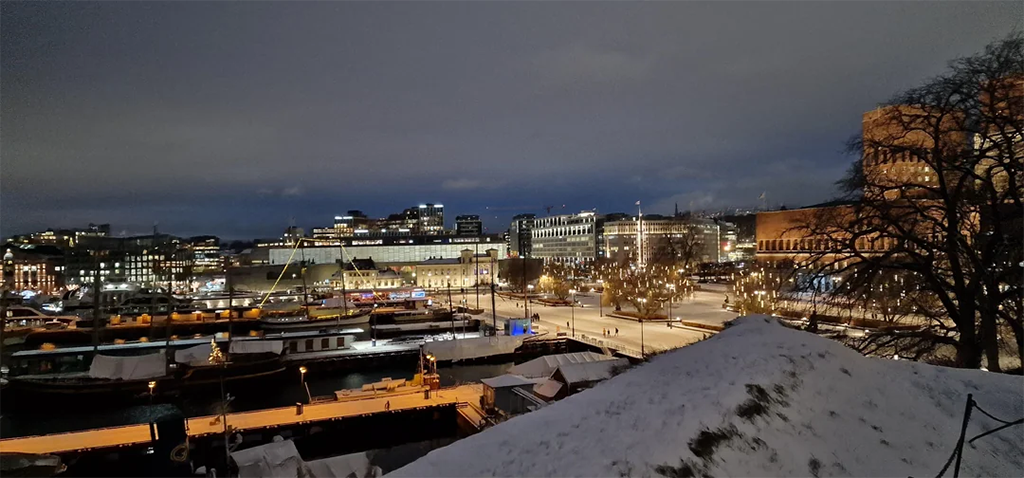
In Southern Norway, winter days are short but not entirely sunless. For instance, in Oslo, the capital city, the sun rises around 9 AM and sets by 3 PM in December. This brief window of daylight significantly impacts daily routines, with people making the most of the limited sunlight for essential activities. Imagine trying to squeeze all your errands, work, and fun activities into just a few hours of daylight. It’s like living in a perpetual state of twilight.
The impact on daily life is huge. Schools and businesses adjust their schedules to maximize the available daylight. People often find themselves waking up in the dark and returning home in the dark, which can be quite confusing. However, the Norwegians have adapted to this unique rhythm of life. They embrace the darkness with a sense of resilience and creativity, finding ways to make the most of the limited daylight.
For what its worth, at least its easier to say goodnight to children when its dark outside, compared to summers when the sun doesn’t set until 11pm.
Northern Norway: The Polar Night
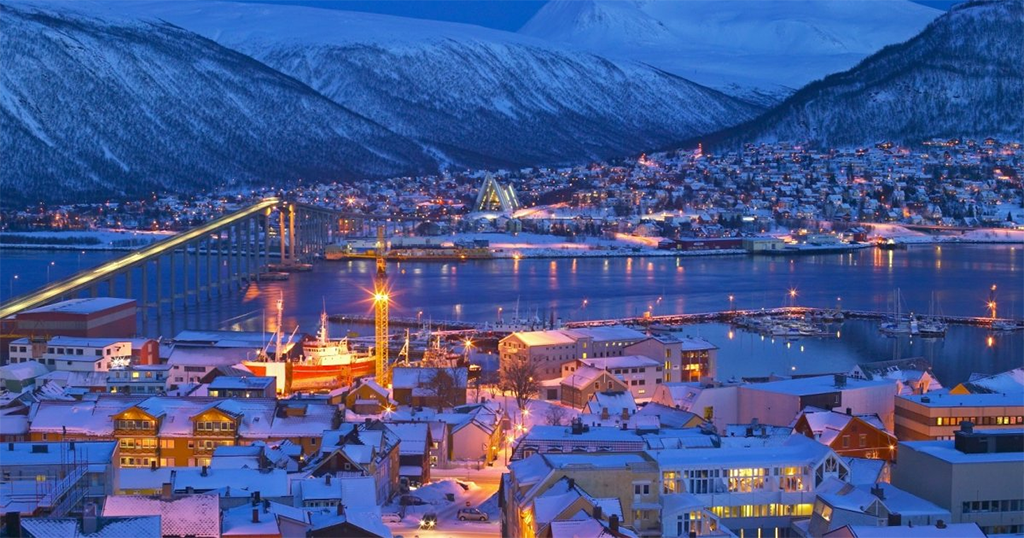
Now, let’s venture north, where things get a bit more extreme. In places like Tromsø and Svalbard, the polar night reigns supreme. Here, the sun doesn’t bother to rise for several weeks to months. Imagine living in Longyearbyen, the northernmost town in Norway, where complete darkness envelops the town for months. Residents rely heavily on artificial lighting both indoors and outdoors to navigate their daily lives.
The polar night is a phenomenon that occurs above the Arctic Circle, where the sun does not rise above the horizon for an extended period. In Tromsø, this period lasts from late November to mid-January. Despite the perpetual night, life goes on in Northern Norway. Artificial lighting becomes a lifeline, illuminating homes, streets, and even outdoor activities. Yes, you heard that right! Norwegians don’t let the darkness stop them from enjoying outdoor activities. Headlamps and other light sources become essential gear for winter sports and adventures.
The Impact of Darkness on Daily Life
Navigating the Polar Night
Despite the perpetual night, life goes on in Northern Norway. Artificial lighting becomes a lifeline, illuminating homes, streets, and even outdoor activities. Yes, you heard that right! Norwegians don’t let the darkness stop them from enjoying outdoor activities. Headlamps and other light sources become essential gear for winter sports and adventures.
The polar night can be a challenging time for residents, but they have developed strategies to cope with the darkness. One of the most important aspects is maintaining a regular routine. Keeping a consistent sleep schedule, staying active, and spending time with loved ones are crucial for mental and physical well-being. The use of artificial lighting, both indoors and outdoors, helps create a sense of normalcy and comfort.
The Role of Koselig in Winter
Enter “Koselig,” a Norwegian concept that translates to “coziness.” During the dark winter months, Norwegians focus on creating a warm and inviting atmosphere. This involves lighting candles, spending time with loved ones, and engaging in comforting activities. Koselig is more than just a word; it’s a way of life that helps Norwegians embrace the darkness with a positive outlook.
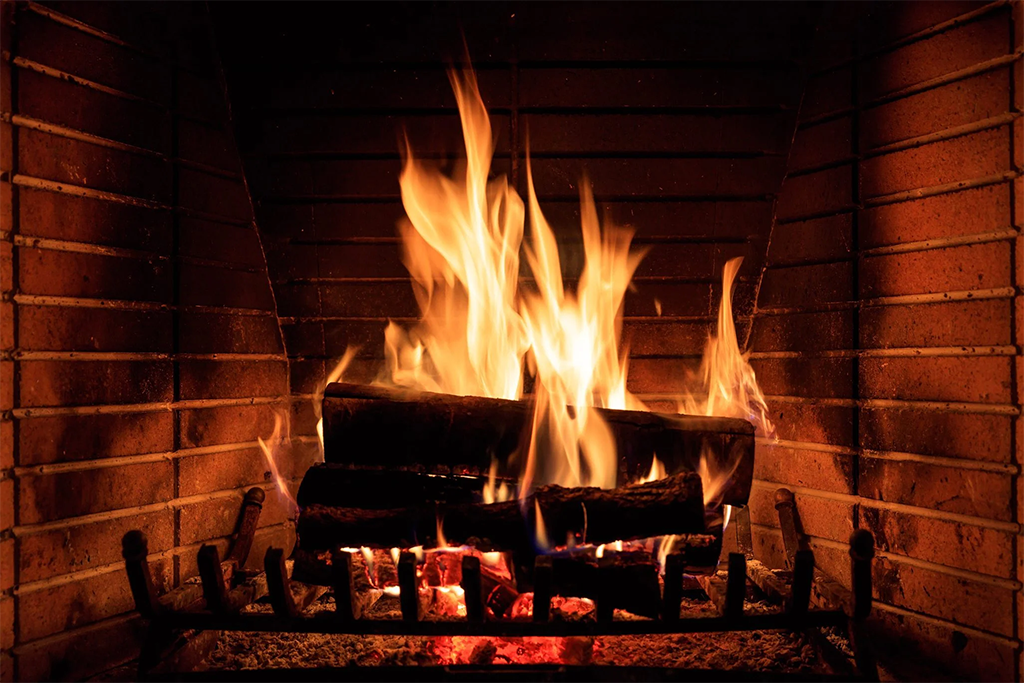
Koselig is all about creating a sense of warmth and comfort, both physically and emotionally. It involves surrounding yourself with things that make you feel good, whether it’s a cozy blanket, a hot cup of cocoa, or the company of friends and family. The concept of koselig is deeply ingrained in Norwegian culture and plays a significant role in helping people cope with the long, dark winters.
Psychological and Physical Effects of Prolonged Darkness
Seasonal Affective Disorder (SAD)
The prolonged darkness can have significant psychological and physical effects, including Seasonal Affective Disorder (SAD). Symptoms of SAD include depression, lethargy, and mood swings. However, Norwegians have developed coping mechanisms to combat these effects, such as light therapy and maintaining an active lifestyle.
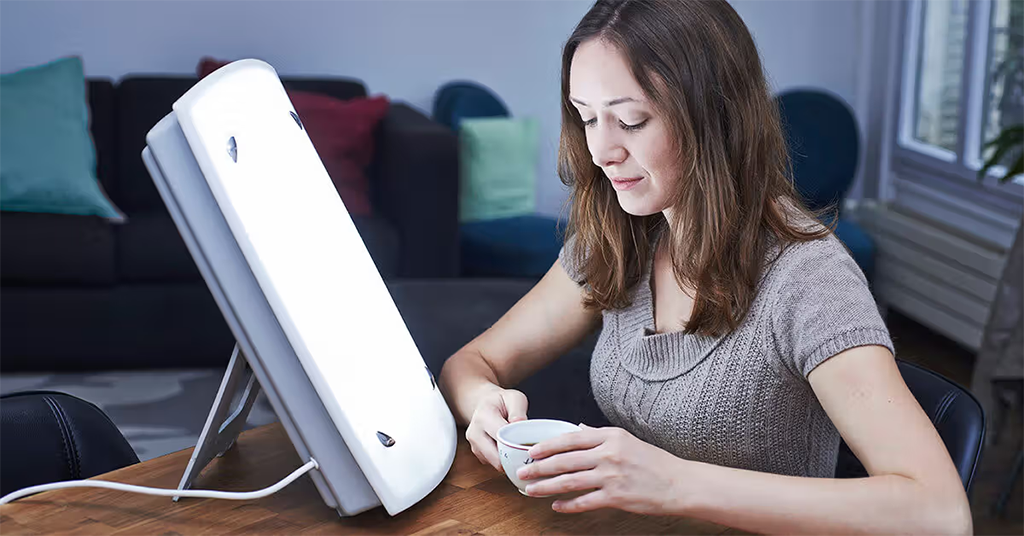
Light therapy is a popular treatment for SAD, involving exposure to bright artificial light that mimics natural sunlight. Many Norwegians use light therapy lamps to maintain their mental and physical well-being during the dark winter months. These lamps are designed to provide the necessary light exposure to help regulate mood and energy levels.
Embracing the Darkness
Norwegians have a unique way of embracing the darkness as part of their cultural identity. Instead of dreading the long nights, they find ways to make the most of it. This positive outlook and cultural adaptation play a crucial role in mitigating the adverse effects of prolonged darkness.
Embracing the darkness involves finding joy and meaning in the winter months. Norwegians engage in various activities that bring them happiness and fulfillment, such as spending time with loved ones, enjoying outdoor sports, and participating in cultural traditions. This mindset helps them stay resilient and optimistic, even during the darkest days of winter.
Daylight Hours in Major Norwegian Cities
Oslo: The Capital’s Winter Light
In Oslo, the capital city, daylight hours are limited but still present. In December, Oslo experiences around 6 hours of daylight, with the sun rising around 9 AM and setting around 3 PM. The winter solstice, around December 21, marks the shortest day of the year, with daylight lasting just a few hours.
Despite the limited daylight, Oslo remains a vibrant and bustling city during the winter months. The city’s residents and visitors make the most of the available light, engaging in various activities and events. The winter solstice is a significant time in Oslo, with celebrations and traditions that mark the turning point towards longer days.
Tromsø: The Gateway to the Arctic
Tromsø, often referred to as the gateway to the Arctic, experiences the polar night from late November to mid-January. During this period, the sun does not rise at all. Despite the darkness, Tromsø is a popular tourist destination, offering unique experiences like the Northern Lights and winter sports.
Tromsø’s location above the Arctic Circle makes it an ideal spot for witnessing the polar night and the Northern Lights. The city is known for its vibrant cultural scene, with festivals, concerts, and events that keep the spirit alive during the dark winter months. Visitors to Tromsø can enjoy a range of activities, from dog sledding and snowmobiling to exploring the city’s museums and galleries.
Adaptation Strategies for Limited Daylight
Light Therapy
Light therapy is a popular adaptation strategy in Norway. These special lamps mimic natural sunlight and help combat the effects of reduced daylight. Many Norwegians use light therapy lamps to maintain their mental and physical well-being during the dark winter months.
Light therapy involves sitting near a light therapy lamp for a specified amount of time each day, usually in the morning. The bright light helps regulate the body’s internal clock, improving mood and energy levels. Light therapy is particularly effective for individuals with Seasonal Affective Disorder (SAD) and is widely used in Norway to combat the effects of prolonged darkness.
Outdoor Activities
Engaging in outdoor activities during the limited daylight hours is encouraged to maintain physical and mental health. Popular winter sports like skiing, snowboarding, and ice skating are not just hobbies but essential activities that help Norwegians stay active and happy during the winter.
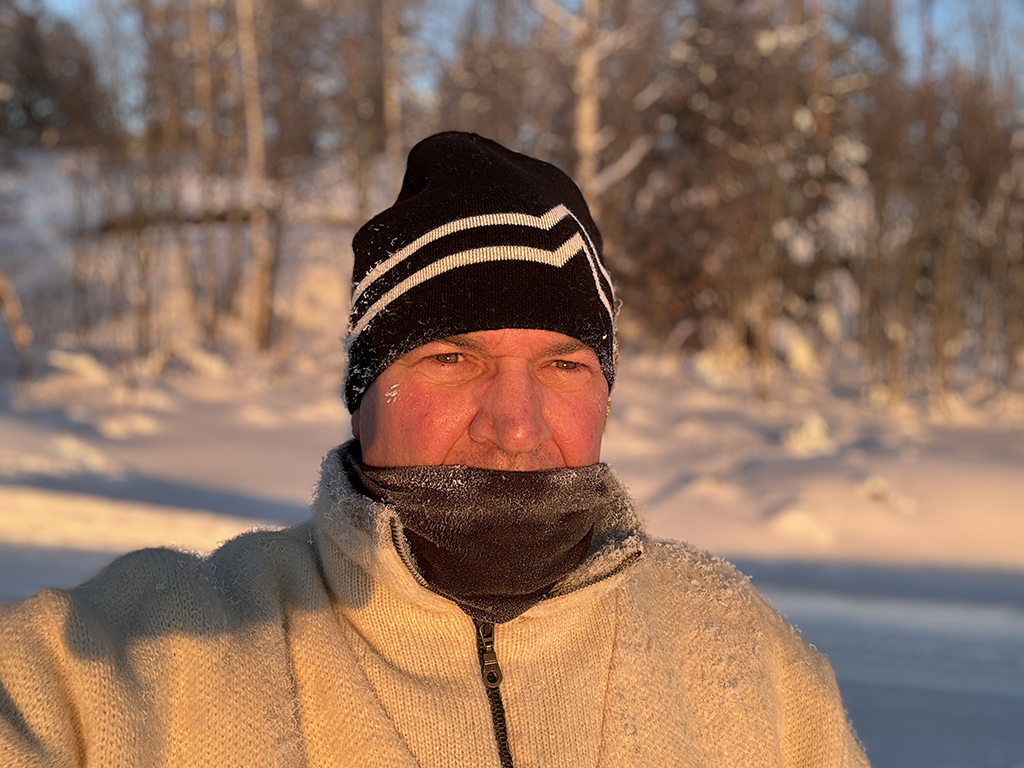
Outdoor activities provide a much-needed break from the darkness and help boost mood and energy levels. Norwegians take advantage of the beautiful winter landscapes, participating in various sports and recreational activities. Whether it’s a leisurely walk in the snow or an adrenaline-pumping ski run, spending time outdoors is a vital part of Norwegian winter life.
Winter Tourism in Norway
Experiencing the Polar Night
Despite the darkness, winter is a popular time for tourists to visit northern Norway. The polar night offers unique experiences that are hard to find elsewhere. From dog sledding to snowmobiling, the activities are endless. And let’s not forget the mesmerizing Northern Lights, a natural phenomenon that attracts tourists from all over the world.
The polar night creates a magical atmosphere, with the dark skies providing the perfect backdrop for the Northern Lights. Tourists flock to northern Norway to witness this breathtaking display of colors and lights. In addition to the Northern Lights, visitors can enjoy a range of winter activities, from exploring ice caves to taking part in traditional Sami experiences.
Best Travel Destinations
Norway boasts some of the best winter travel destinations. Tromsø, Svalbard, and the Lofoten Islands are top picks for experiencing the polar night and the Northern Lights. These destinations offer a range of accommodations, from cozy cabins to luxurious hotels, ensuring a memorable stay for every traveler.
Tromsø is known for its vibrant cultural scene and stunning natural beauty. Svalbard, located even further north, offers a truly remote and unique experience, with opportunities to see polar bears and other Arctic wildlife. The Lofoten Islands, with their dramatic landscapes and picturesque villages, provide a perfect setting for a winter getaway. Whether you’re seeking adventure or relaxation, Norway’s winter destinations have something for everyone.

